Congratulations! You’ve put in the effort to get your target buyer straight to your product pages. They’re currently perusing a product description to determine whether or not to make a purchase from your e-commerce store.
Will people buy what you’re selling? That’s the million-dollar question.
In large part, the answer is determined by how much time and effort you invest into your product description. Although it may appear extreme to place such a high value on product descriptions, statistics demonstrate that a well-written product description is a proven conversion tool. Let’s take a deeper look:
When it comes to purchasing decisions, 87 percent of customers consider product content to be extremely or very significant.
Product content is 40 percent more essential to millennials than it is to other adults in their purchasing decisions.
Product descriptions were identified as the second most crucial aspect in consumers’ shopping decisions, only behind price, when it came to clothes and online grocery.
Missing or ambiguous product information may be the cause of 20% of purchase failures.
The numbers do not lie. It’s time to refine your e-commerce product descriptions if you want to enhance sales.
How to Write a Fantastic Product Description
But how can you write a nice product description? We’ll provide you eight principles (along with winning examples) in this tutorial that will help you understand what constitutes a good product description. Let’s get started!
Make a list of your buyer personas.
If you don’t know who your target audience is, it can be tough to develop a product description. You need to know who your potential buyers are in order to write about product aspects that resonate with them.
This necessitates the use of your buyer persona(s), which are fictional representations of your ideal customer based on market research. If you don’t already have a buyer persona to drive your website copywriting, now is the time to do so.
All of the following general questions should be answered by a buyer persona:
- What are the demographics of your customers?
- What are their passions?
- What language do they speak at home?
- What kind of words does it take to entice them? (For instance, does industry jargon appeal to them or repel them?)
- What do they do with their spare time?
- How did they come across your website?
- What piques their interest in your shop?
If you have access to big data, gather information on your present customers to learn more about:
- Preferences for products
- Patterns of behaviour
- Purchasing habits
This information will assist you in fine-tuning your buyer personas. Knowing who you’re selling to will make it easier to write product descriptions that appeal to them.
Concentrate on the benefits and features of the product.
Your buyers don’t come to your page to connect, as important as it is to speak their language. They’ve come to find out exactly what your product can accomplish for them and how it will suit their demands and alleviate their problems. To do so, you’ll need to compile a comprehensive list of your product’s features and benefits.
Start with the features. If you sell shoes, for example, add size information, material information, colour information, shoe weight, and so on. Your features section should be thorough, providing consumers with all the information they require about what makes your product unique. A feature list is a good place to start, but it’s only half the battle. Potential clients are also interested in the advantages of your goods. Here’s where your product description may really shine.
Maintain Your Brand’s Tone of Voice
If your brand’s voice is professional, your product descriptions should be professional. If your brand is caustic and snarky, your product descriptions should be as well. Is your company’s name amusing? When writing product descriptions, be amusing.
The humorous Poo-Pourri commercials are well-known to everyone. You know, the videos that helped Poo-Pourri go from a $10 million company to a $30 million firm in less than a year?
Tell the Whole Story
There is a beginning, a middle, and an end to every good story. Unless you’re one of the Game of Thrones writers, but I’m digressing.
The formula for successful writing in product descriptions is the same. You must tell a whole story that keeps your readers interested. This does not imply that you must write a novel, but your product description should not simply be a list of features and benefits.
Instead, demonstrate (rather than explain) how the product will improve your clients’ life. Assist them in visualising a real-life scenario in which your product is used to solve a problem. The idea is to construct a story in which the reader is the protagonist and your product is the tool that helps them achieve.
Persuade buyers with active language
Your mother was correct: the words you use matter, especially when it comes to product descriptions. To be honest, some words are simply more convincing than others. In fact, specialists have put various kinds of language to the test and discovered 189 words and phrases that boost conversion rates.
Consider the following 20 tried-and-true terms recommended by David Ogilvy, the ‘Father of Advertising’:
- Suddenly
- Now
- Announcing
- Introducing
- Improvement
- Amazing
- Sensational
- Remarkable
- Revolutionary
- Startling
- Miracle
- Magic
- Offer
- Quick
- Easy
- Wanted
- Challenge
- Compare
- Bargain
- Hurry
What’s the common thread? Persuasive language motivates customers to act.
Source: product rule , product features


